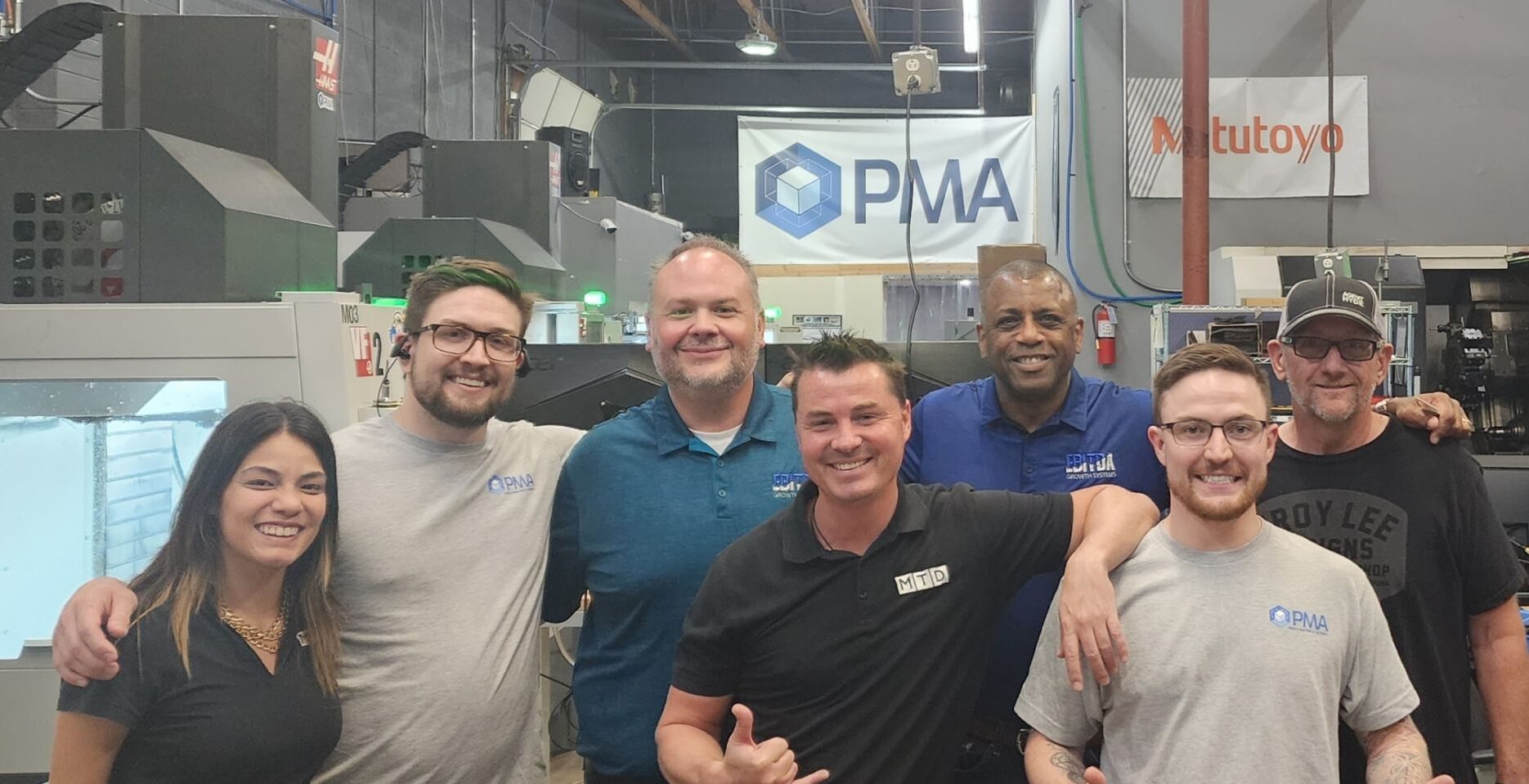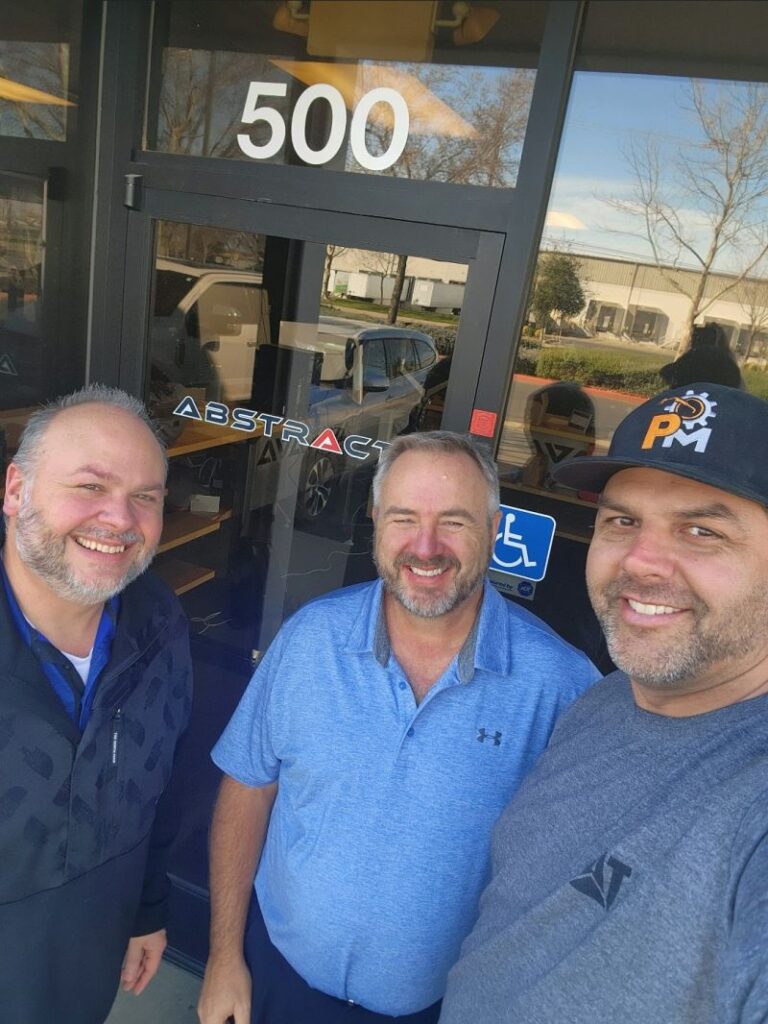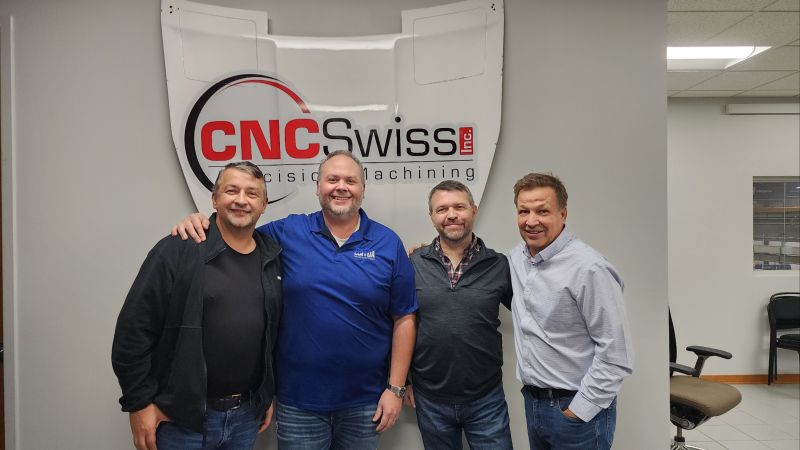
Building the Blueprint: A Guide to 2024 Budget Planning for Job Shop Manufacturers
Job shop manufacturers face many different challenges in running their businesses every day. The degree to which owners and senior leadership teams are able, equipped, and willing to address those challenges makes all the difference.
It all starts with budget planning: often something that is the difference between surviving and thriving but sometimes overlooked—after all, running a shop can mean you wear many hats, making it difficult to carve out time to build thoughtful, strategic plans.
Having been deeply embedded in this industry for over 25 years, I’ve witnessed first-hand the impact of meticulous financial planning on shops small, large, and every size in between. Thoughtful budget planning provides a compass that steers your business toward growth, profitability, and operational efficiency.
So why now? The months between September and November are the best time to start budget planning; this unique period offers the advantage of analyzing this year’s data while still having time to forwardly project. More informed decision-making will help you create a budget that aligns with your long-term business plans.
As we look to the year ahead, here’s how you can build a budget today that helps your shop maintain and gain profitability throughout 2024:
1. Scrutinize Your Costs
Fixed and variable costs will give you a comprehensive understanding of factors such as labor, expenses, and the nuances of volatile components like materials and tooling. This understanding isn’t just a prerequisite; it’s the only way you can build a competitive and profitable pricing strategy.
It’s worth noting that many shops often fail to consider the full extent of labor costs. While they may account for an employee’s hourly wage, they might overlook hidden or indirect labor costs. For instance, have you considered the time employees spend on breaks? Are you accounting for the utilization of machinery and equipment fully?

Variable costs, such as tooling and materials, should be marked up and factored into your quotes upfront, treating them as more predictable and consistent expenses. The ultimate goal is to answer the question, “What does your business really cost you per hour?” If your profit margin is less than 10%, it might be an indication that you aren’t capturing all your costs.
2. Understand Market Cycles
Market cycles play a pivotal role in budget planning, meaning you should project sales and marketing strategies six months ahead.
In the current economic landscape, where some segments of the industry are facing strong pull-back while others are thriving, it’s crucial to proactively safeguard your business. If you’re one of the businesses facing a pull-back, make sure to do a few of these key things:
- Assess whether you are taking steps to position your business in more stable markets.
- Cultivate loyal customers.
- Foster innovation.
- Engage in robust business planning.
- Stay informed about current economic conditions to avoid being caught off guard.
3. Look at the Geopolitical Landscape
The geopolitical landscape and legislative developments are crucial factors in your budget, especially since we’ll be in an election year. What bills are being passed? How much funding is being allocated to space work? While many industries require astute resource allocation, other sectors have naturally occurring shifts: right now, gas and oil are at an all-time high, but that’s expected to taper down in 4 to 5 years.
If you’re reliant on government contracts, be aware of the potential for a government shutdown in October. Assess your debt-to-equity ratio in light of changing interest rates.
Learn about one shop’s journey from long hours and meager earnings to productivity, efficiency, and a healthy bottom line.
Beyond the Obvious: Overlooked Components in Budgeting
When it comes to budget planning, certain critical elements often go overlooked:
Collaboration
Collaboration is the cornerstone of successful budget planning, particularly for small to mid-sized businesses. Forming a team that includes diverse perspectives—from the owner to financial experts, operations leaders, and sales representatives—lays a strong foundation for your plan. If you’re navigating this process solo, seek guidance from mentors or coaches to gain valuable insights and perspectives.
Accountability
Building accountability into your budget plan is crucial for making it achievable. In order to do so, consider the following mindset shifts:
- A budget isn’t a fixed entity; it’s a dynamic plan.
- Regular evaluations are not just a luxury; they’re a means to keep your goals in focus.
- Preparing for unforeseen situations doesn’t mean you’re pessimistic; it highlights your ability to adapt to changing market dynamics.
- Remember: a plan is a valuable tool only if you review and hold yourself accountable to your goals consistently.
See how a platform like Paperless Parts is built to help you get deep insights into your business by capturing key performance metrics like win rates, quote volume, throughput, and more.
Best Practices for Long-Term Profitability
Although budget planning for job shop manufacturers may occur during a specific window of time, a profitable year demands continuous effort.
Gain a firm grip on your costs.
Understanding the “why” behind your prices is everything; it’s how you eliminate waste and deploy pricing strategies rooted in reality. It also helps you delegate (“many hands make light work”). Analyzing your costs enables you to eliminate unproductive efforts so you can uncover hidden sources of profitability. Gaining these insights starts with building a solid quoting mechanism that’s quoting real numbers.
Standardize your processes.
Standardized processes pave the path to efficient scalability, particularly during periods of growth. Have you standardized your estimating process? Are your prices and job profitability predictable? What are the parameters to determine whether you’ll quote or no-quote a job? Are you discounting or applying add-ons in a consistent, trackable way?
Continuously innovate.
“You have to spend money to make money” is often true in job shop manufacturing. Being committed to innovating and embracing technological advancements is how you’ll continually drive efficiency, profitability, and growth in your shop.
Focus on culture.
Having a strong culture is ultimately financially beneficial, as you’ll reduce turnover rates and associated hiring costs. You’ll also position your company as an attractive employer in your industry and area. Ask yourself:
- Do your employees feel valued and connected to a larger mission?
- Have you implemented programs for personal and professional growth?
- Do you hire individuals based on characteristics and train them for success?
- Do you have a formal onboarding process?
- What are your turnover rates? What’s your average employee tenure?
Failure to Plan = Planning for Failure
When it comes to budget planning for job shop manufacturers, the process can either propel you to make ten years’ progress in one year or consign you to make only one year’s progress in ten years. The path you choose today will significantly shape your trajectory for years to come. Taking the time to plan thoughtfully, collaborate effectively, and stay accountable to your goals will leave you better equipped to navigate challenges and seize opportunities that lie ahead in 2024 and beyond.
Want to double your shop’s value? Attend EBITDA’s two-day workshop to help advanced manufacturers build their 2024 business plan.
—
Principal at EBITDA Growth Systems and a scaling small business owner, Dave Capkovitz is passionate about helping manufacturing businesses grow in sales, profitability, teamwork, accountability, and efficiency. His expertise is the result of more than 25 years of extensive, real-world experience in manufacturing and business management. Dave started out as a tool and die maker in 1996 and went on to found eight start-up manufacturing and service companies with four successful exits to date. When it comes to growing businesses, he has a successful track record of achieving growth rates from 90%–300% in 12 to 60 months. Dave is continually honing his skills as a profitability expert and leveraging his experience to enhance the lives and businesses of manufacturing leaders.

